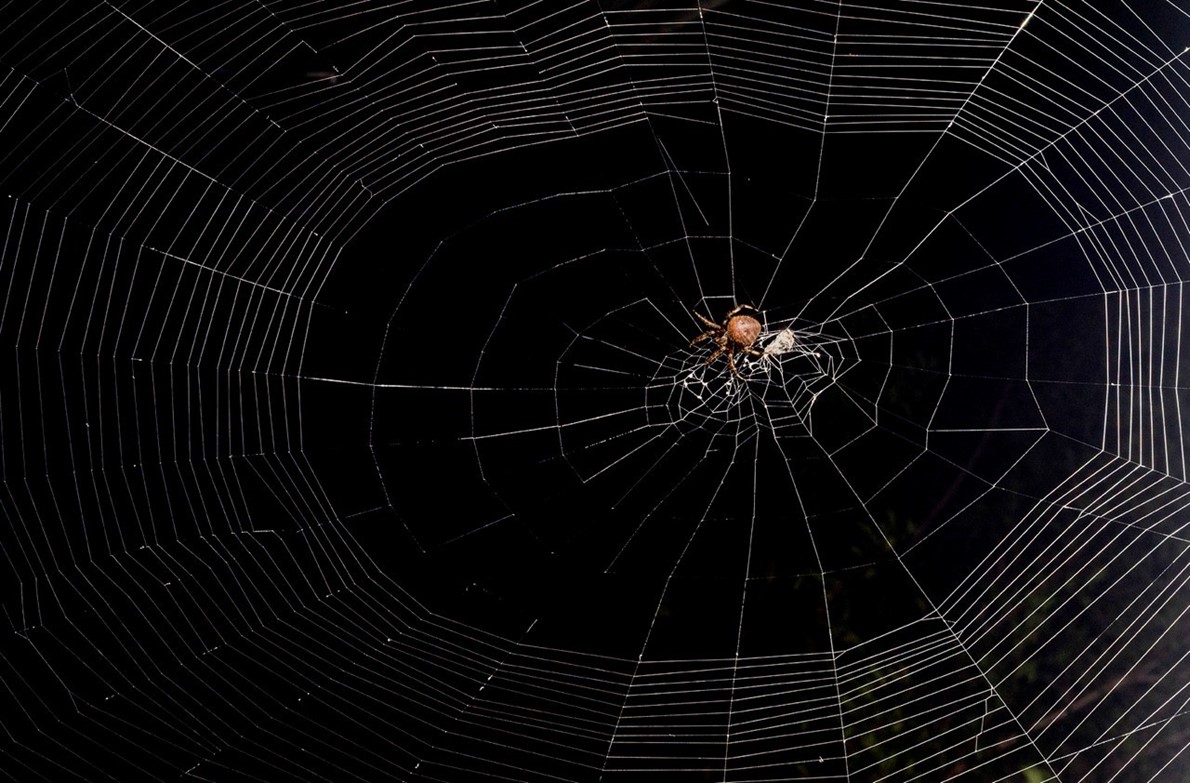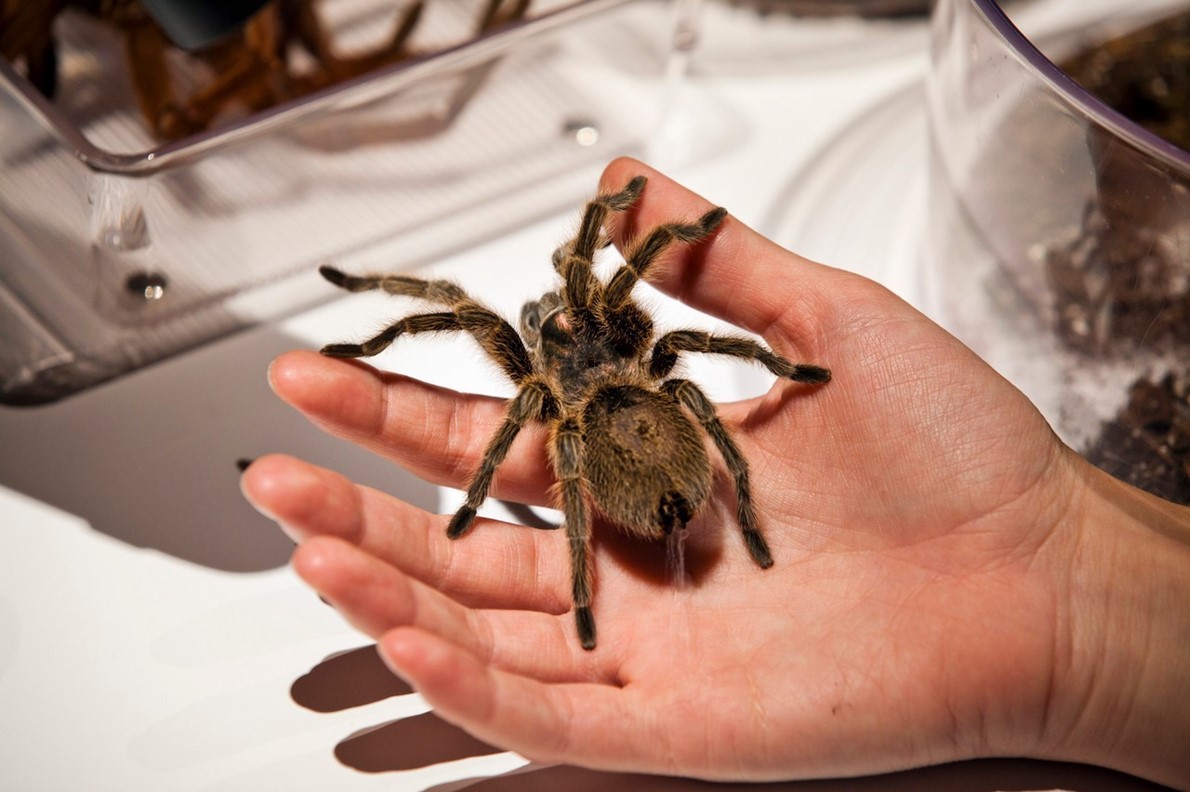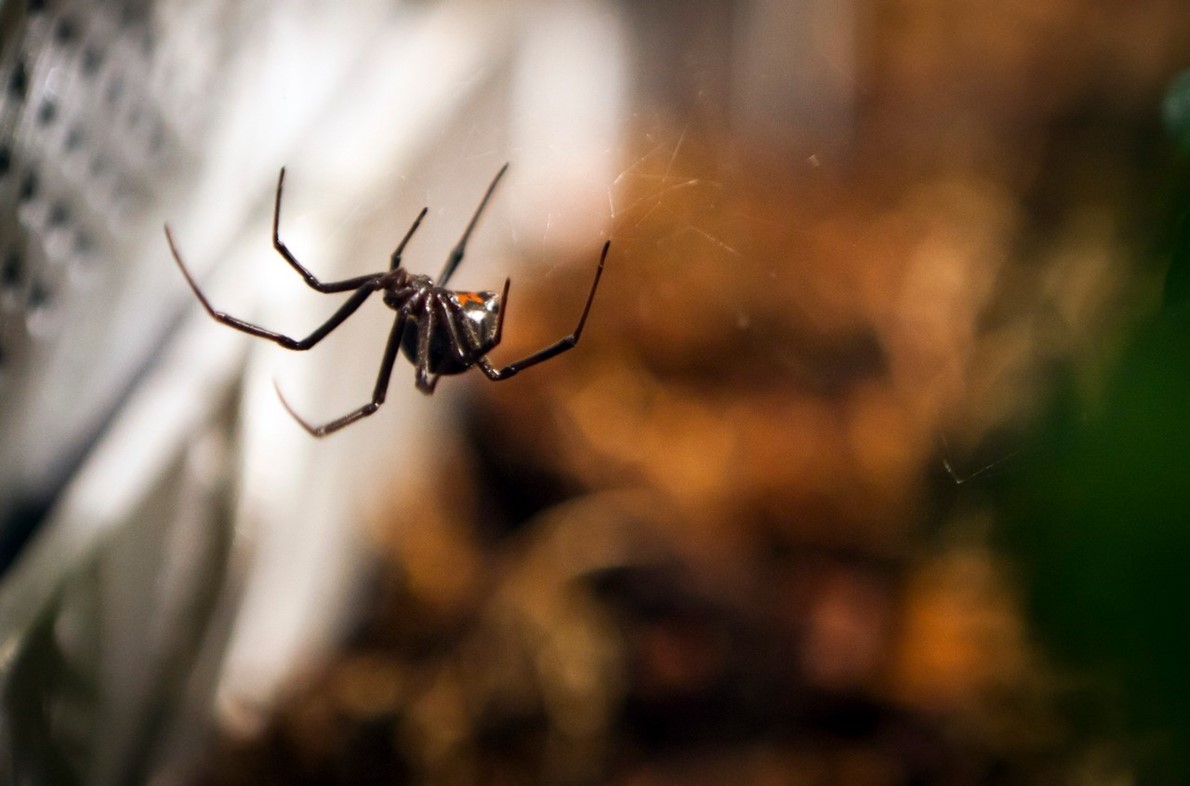We live
in a world filled with spiders. And fear of spiders. They crawl around our
minds as much as they crawl around our closets, reducing the population of
insects that would otherwise bug us. Is that one in the corner, unassumingly
spinning its web, venomous? Will it attack me? Should I kill it? Could it be —
no, it cannot be — but, maybe it is — a black widow?
اضافة اعلان
Catherine Scott, an
arachnologist at
McGill University, is familiar with the bad rap spiders get.
When she tells people what she does, she is often presented with a story about
“that one time a spider bit me.” The thing is, she said, if you do not see a
crushed up spider near you, or see one on your body, it is likely that the bite
mark on your skin came from something else. There are more than 50,000 known
species of spiders in the world, and only a few can harm humans.
“Even medical
professionals don’t always have the best information, and they very often
misdiagnose bites,” Scott said.
It turns out that these fears and misunderstandings
of our eight-legged friends are reflected in the news. Recently, more than 60
researchers from around the world, including Scott, collected 5,348 news
stories about spider bites, published online from 2010 through 2020 from 81
countries in 40 languages. They read through each story, noting whether any had
factual errors or emotionally fraught language. The percentage of articles they
rated sensationalistic: 43 percent. The percentage of articles that had factual
errors: 47 percent.
 (Photos: NYTimes)
(Photos: NYTimes)
These findings,
published Monday in the journal
Current Biology, revealed a vast and
interconnected web of misinformation. Errors, which tended to cluster in
sensationalized stories, would shoot around the world in days, from India to
China to
Poland to Argentina to the United States. This would often start on a
regional level, where a story would be amplified by national and international
news outlets. According to misinformation scientists, this is a defining
characteristic of modern misinformation: the magnification of small errors that
support a certain narrative. It is there in both spider news and political
news.
“Even a very local
event, like a farmer that is bitten in a small village in Australia, can
quickly become a news article that is published in newspapers around the
world,” said Stefano Mammola, an ecologist at the National Research Council of
Italy who led the research.
“I think this
really speaks to the mythology and fascination that people have with spiders,
that comes with fear,” Scott said. “And the lack of good information around
them.”

To measure the
sensationalism of a story, the group looked for frequent use of emotional
words, including “devil”, “killer”, “nasty”, “nightmare”, and “terror”. They
then counted the errors in the story. Were people calling spiders insects? (They
are arachnids.) Were they exaggerating the danger of a particular spider? Did
they get basic spider anatomy wrong?
Many of the results, while stark, did not shock most
of the scientists, who had grown accustomed to this kind of spider news.
Whether the widespread fear of spiders came before arachnid sensationalism, or
vice versa, the two undoubtedly feed off each other. “Given certain topics,
we’d naturally be prone to sensationalism,” Mammola said.
There were
surprising findings in the details of the group’s analysis, though. Coverage of
spiders differed widely by country, so that spider news in
Mexico was deemed
almost entirely sensational while spider news in Finland was wholly
arachnologist-approved. In the United States, spider coverage was mixed — publications
with an international or national audience were more likely to sensationalize
spider news than regional ones. There wasn’t a clear explanation for these
differences.
For instance,
Australia is home to more dangerous spiders than almost every other country,
and yet spider news in Australian publications is consistently accurate, rarely
charged with emotion. On the other hand, Britain was the source of the greatest
amount of spider misinformation, despite having very few dangerously venomous
spider species.
“They’ve had to
close schools, many times, because of reports of this false black widow,”
Mammola said, noting that black widows are almost never found in Britain and
are confused with the noble false widow, which has a much less venomous bite. “There
were cases where people were burning down their houses because of spiders,” he
added.
Maybe in some
cases, he suggested, this is because a scarcity of spiders in an area can make
the animal seem more dangerous, while an abundance can normalize them in a kind
of communal exposure therapy.

Jevin West, an
information scientist at the
University of Washington who was not involved in
the spider study, noted the parallels between the spread of sensationalized
spider news and the circulation of misinformation in the 2020 American
election. Many of the most circulated articles in 2020 were picked up by
national publications, television shows and social media communicators from
regional news sources. “A lot of the amplification was being done by these big
influencers, but they weren’t necessarily creating the content; the content was
coming on a local level,” he said. “And that turned out to be a really
effective strategy.”
Research shows that
Americans often have more trust in local publications than in national ones.
Many local outlets are there, readers may believe, to inform people about the
most relevant events in their communities. But, West said, when this
information gets national attention, factual errors can end up adding to a
narrative of misinformation.
This is true for
both imagined election fraud and the specter of killer spiders.
The researchers are
still working out how to interpret this new data set, and where to go next. How
is spider misinformation related to the prevalence of arachnophobia? Are there
ways to prevent bad spider news? As Scott said: “Is this just how global news
and information spreads, and it doesn’t matter what the topic is? Or is there
something special about spiders?”
For now, there are
only hints of answers to these questions, as the web of information and
misinformation continues to be spun.
Read more Odd and Bizarre
Jordan News



